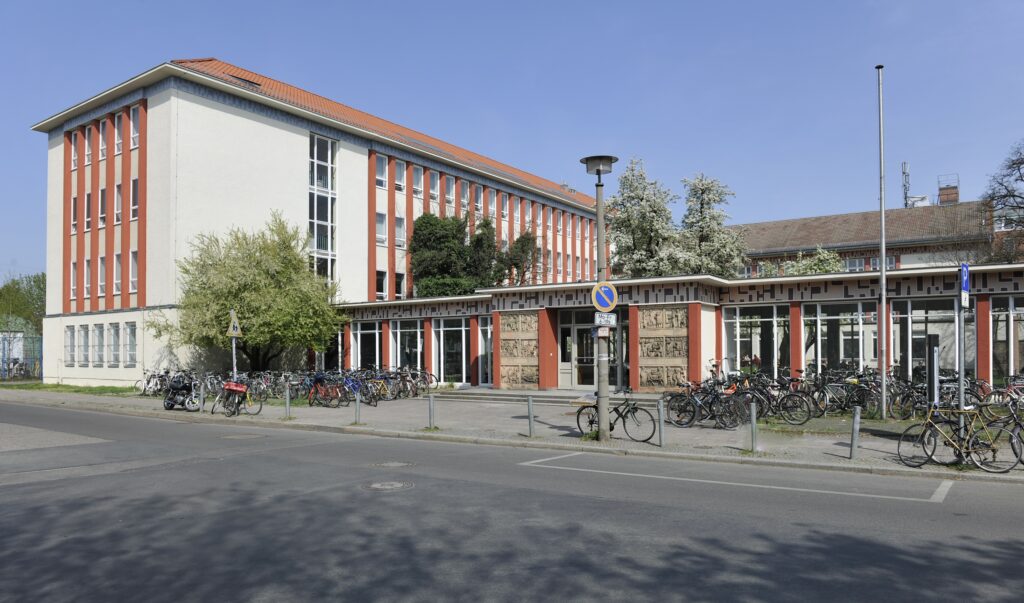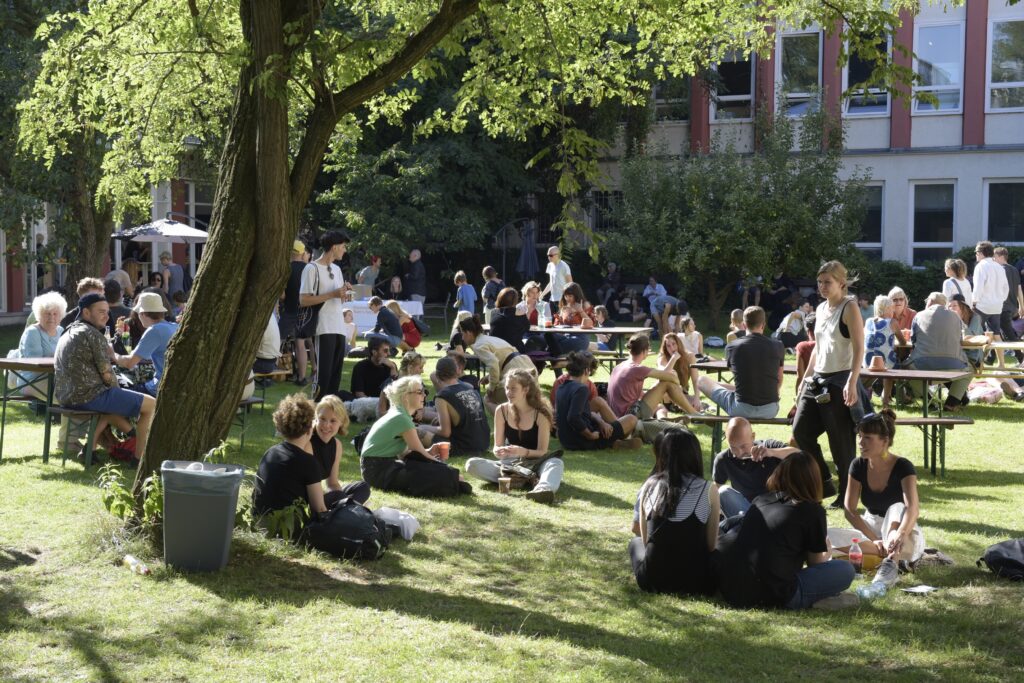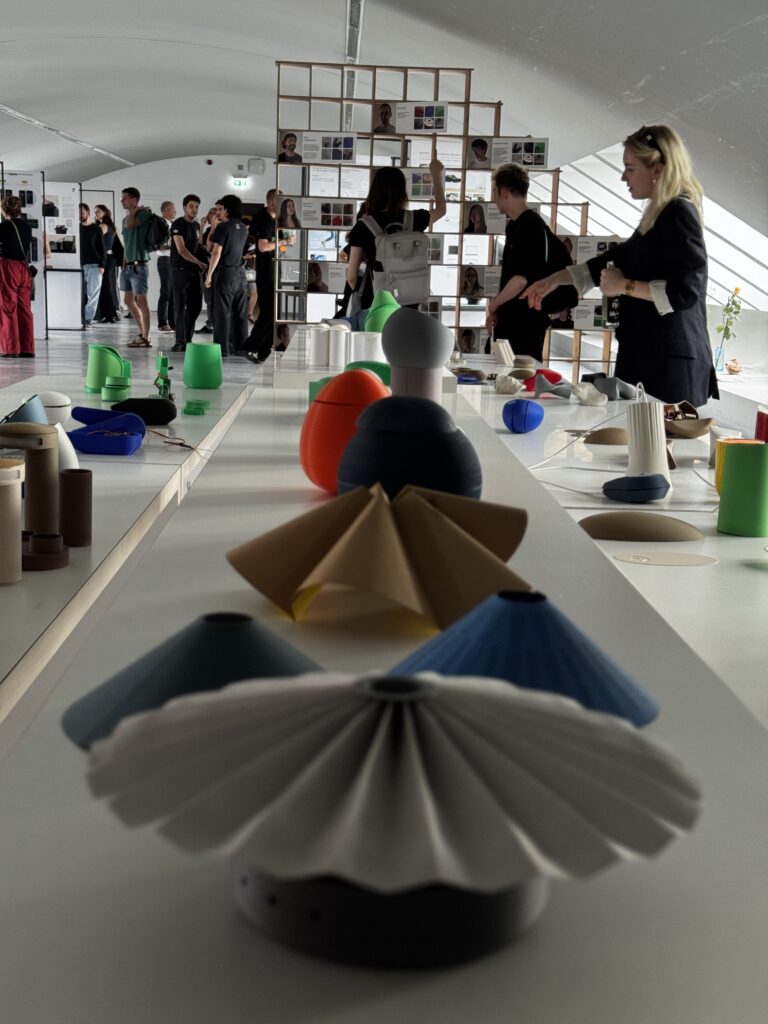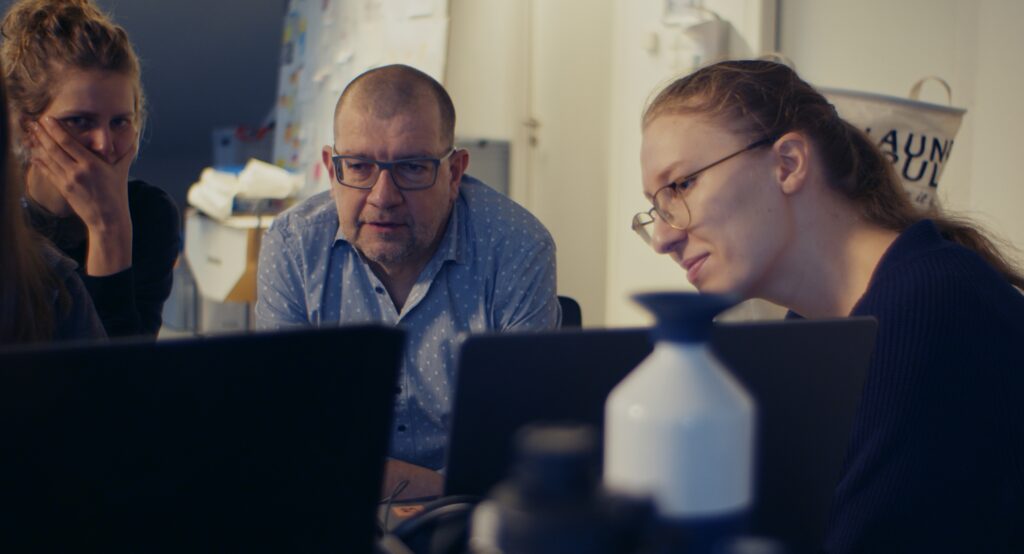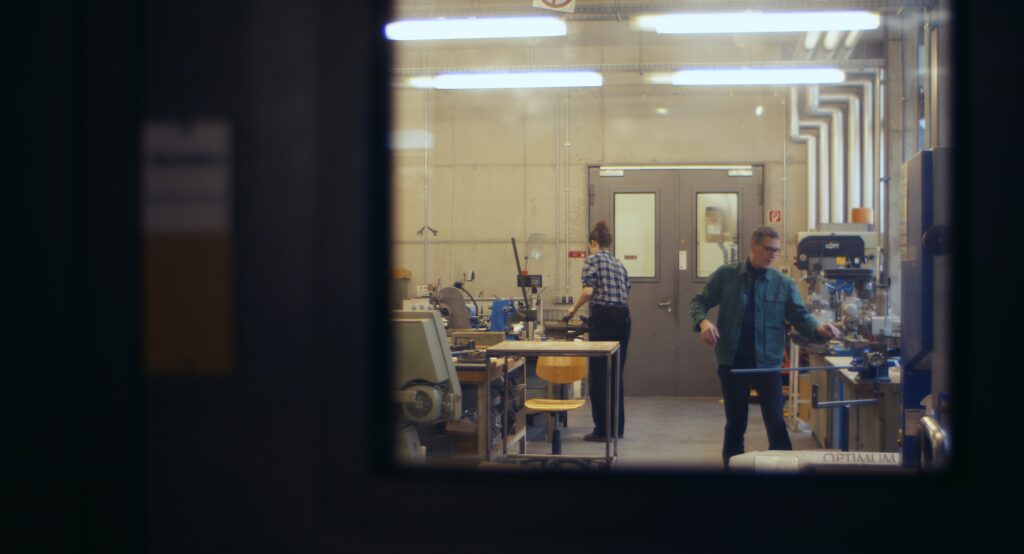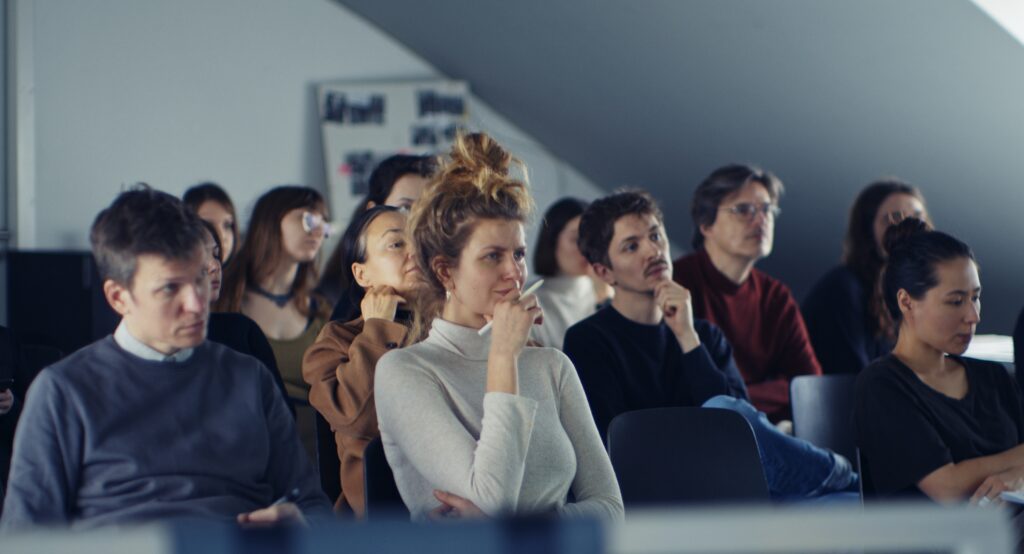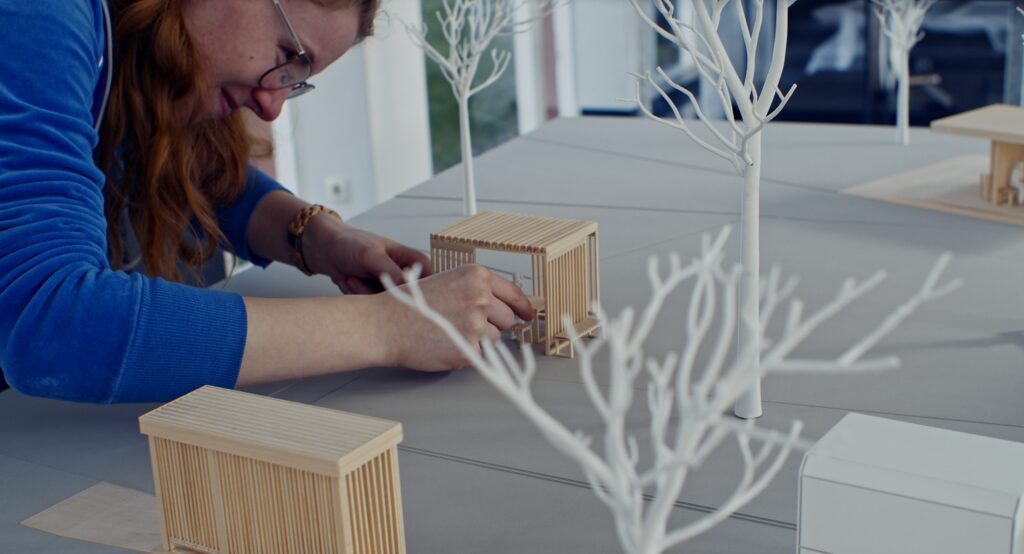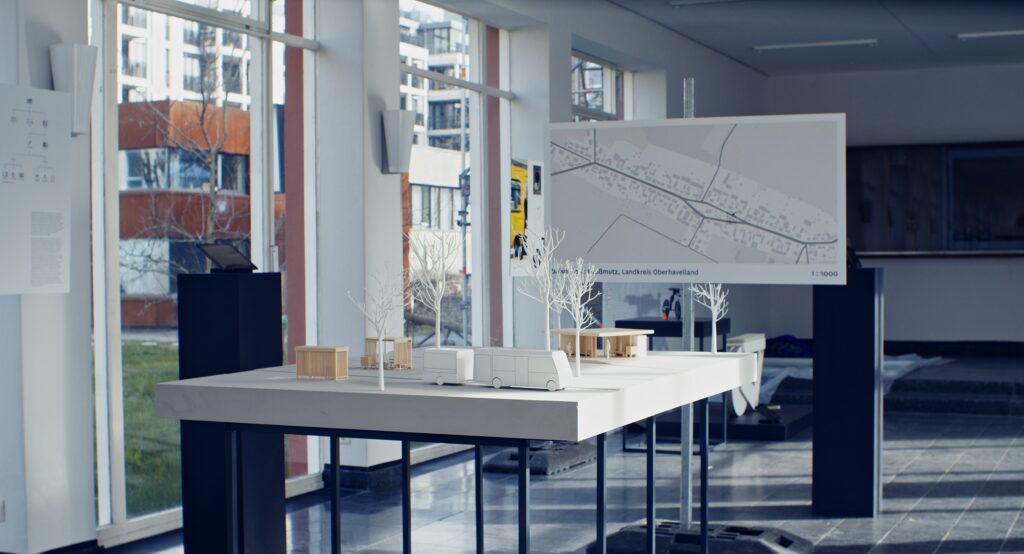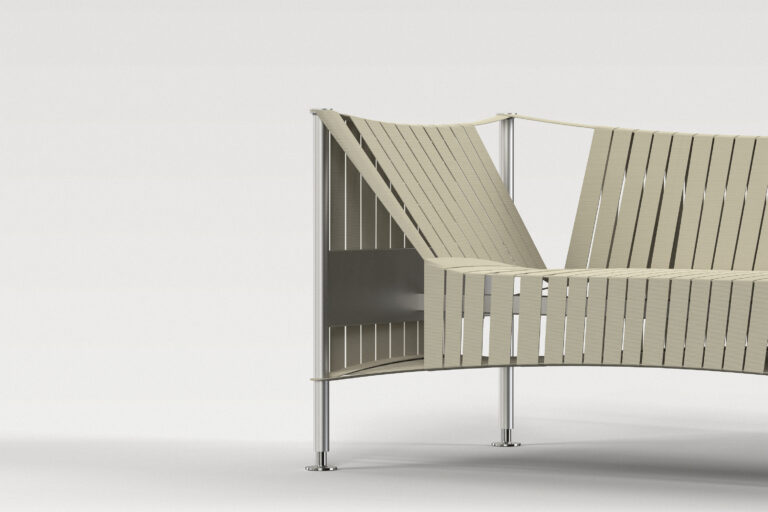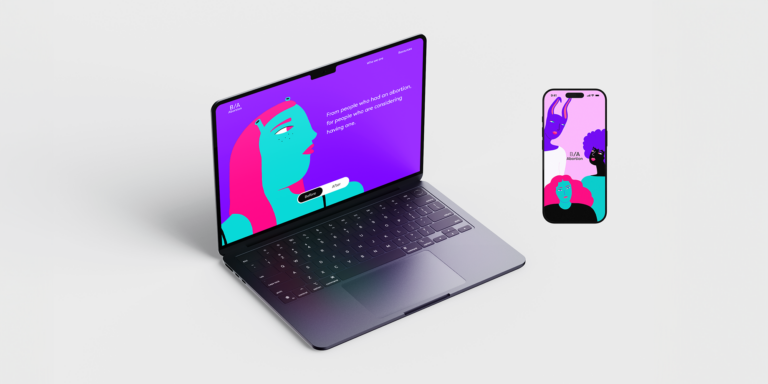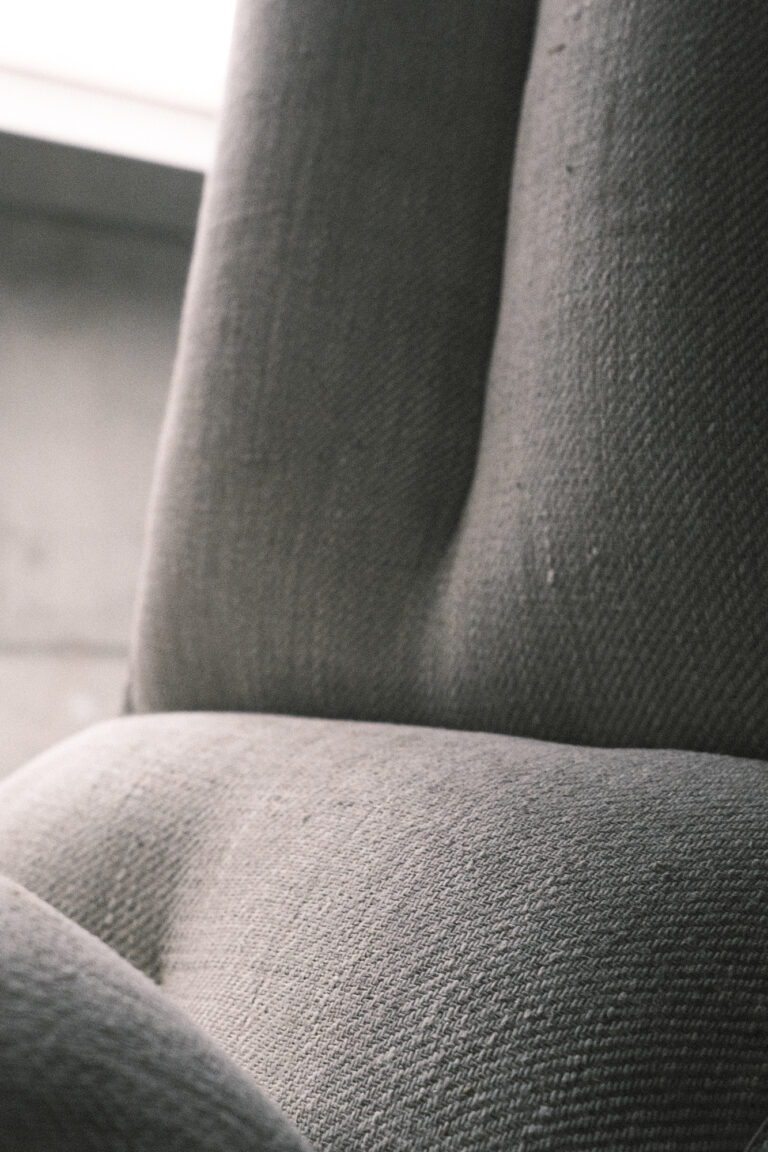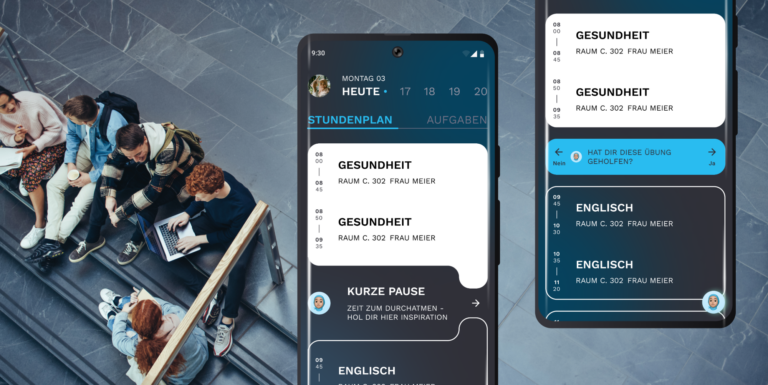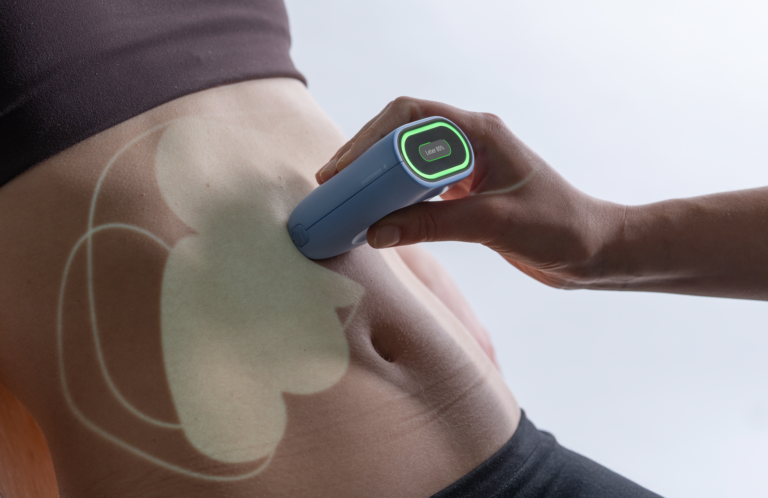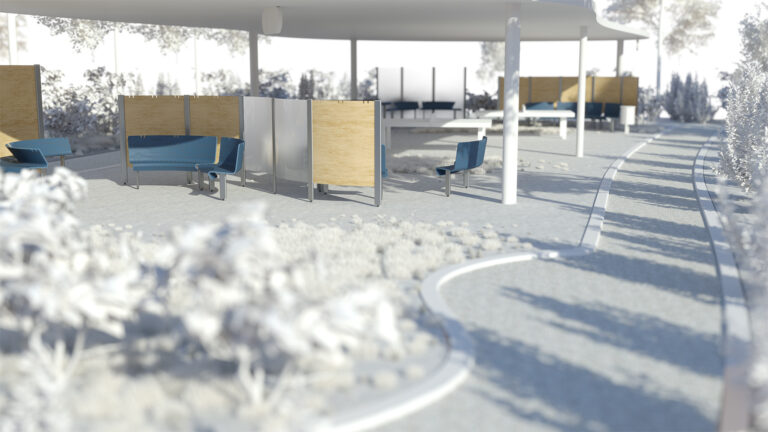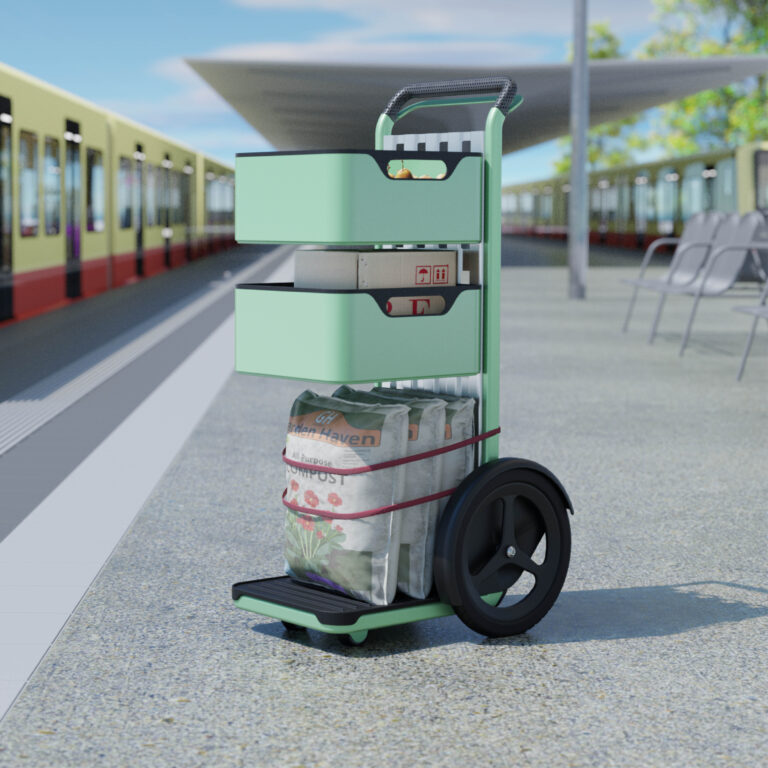Weißensee Kunsthochschule Berlin
Product Design
Prof. Nils Krüger
Professor for Design and Mobility
Prof. Barbara Schmidt
Professor for Design and Experiment
Prof. Carola Zwick
Professor for Design and Interaction
Prof. Jakob Timpe
Professor of Design Fundamentals and Product Design
Prof. Thomas Ness
Professor of Embodied Interaction
in the Cluster of Excellence ‘Matters of Activity’
Textile and material design
Prof. Dr. Zane Berzina
Professor of Conceptual Design of Materials and Surfaces
Prof. Dr.-Ing. Karola Dierichs
Professor of Material and Code, Cluster of Excellence ‘Matters of Activity’
Prof. Nadine Göpfert
Professor of Textile and Material Design
Prof. Christiane Sauer
Professor of Materials and Design in Spatial Context
Fashion Design
Visual Communication
Prof. Kyung-hwa Choi-ahoi
Professor of Drawing
Prof. Barbara Junge
Professor of Digital Media
Prof. Steffen Schuhmann
Professor of Visual Communication
Prof. Wim Westerveld
Professor of Typography and Type Design
For over 50 years, the Weißensee Academy of Art Berlin has been fostering a synergistic relationship between design, art and society. The academy is unique in offering a one-year interdisciplinary foundation course, which all students across all degree programmes complete together, as well as a scientific and theoretical curriculum that is closely interlinked with the projects on offer. The lively campus combines studios, laboratories and workshops and contributes to Berlin’s internationally well-connected research landscape in the fields of technology development, materials research and sustainability.
Product Design Degree Programme
The Bachelor’s programme in Product Design enables future designers to act independently and responsibly, i.e. to always consider the social, economic, cultural, technological and ecological implications of design.
The programme is project-oriented, with the topics offered providing a framework for the development of individual questions. A wide range of analogue and digital techniques are taught in order to test one’s own conceptual ideas and develop convincing designs for the respective context.
The MA in Product Design encourages students to develop their own design position responsibly and confidently in order to be able to address complex design issues comprehensively, strategically and sustainably. The Weißensee study model offers three perspectives within the master’s programme: Design and Mobility; Design and Interaction; Design and Experiment.
Textile and Material Design Degree Programme
The Textile and Material Design programme is divided into a four-year Bachelor’s degree and a two-year Master’s degree. The focus is on the technical and aesthetic design of textiles and materials, taking into account current ecological, technological and social issues. Sustainability, function and aesthetics play a central role. The programme combines classic textile design with new approaches and promotes interdisciplinary work between design, technology and society. In the university’s interdisciplinary facilities, such as the greenlab – Laboratory for Sustainable Design Strategies and the eLab – Laboratory for Interactive Technologies, current issues are addressed in exchange with specialists from other disciplines. In addition, the department maintains an active international network of practitioners and scientists and runs the DXM – Design and Experimental Materials Research research area.
Fashion Design Degree Programme
The four-year BA degree programme in Fashion Design aims to enable students to develop their own creative position and design identity. The programme is characterised by intensive interaction between practical design work and theoretical discussion. The focus is on project-oriented teaching, in which students learn to approach complex design tasks practically, conceptually and methodically and to solve them independently. In the master’s programme, which builds on this, the students’ design identity and creative visions are further developed at the highest level. In addition to classic fashion concepts, the MA programme also allows students to realise projects from related fields, such as interdisciplinary work.
Visual communication
The Visual Communication programme does not aim at specialisation – it is designed to be generalist and should enable students to develop an independent creative position in constantly changing fields of work. The basis for this is a broad understanding of visual culture and its significance in society. Students learn to critically question communicative tasks and content and to conceive and implement the resulting answers in a creative and media-appropriate manner. The project-oriented programme requires intensive interaction between practical design work and theoretical discussion. In the MA programme, students are given the opportunity to deepen the knowledge and skills they have acquired and to expand their creative potential in the field of social and cultural communication.

